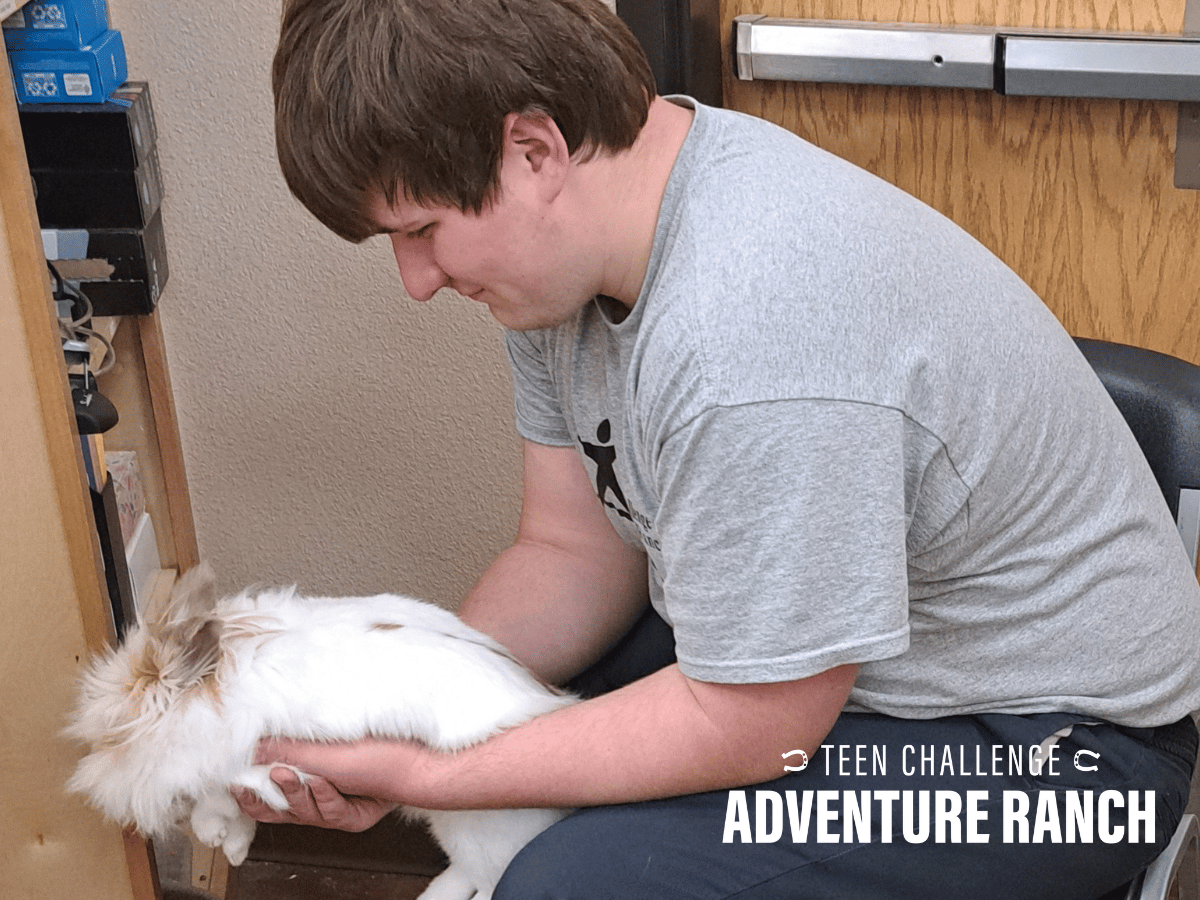What is a Therapeutic Classroom–and Why It Matters for Academic Success
Nationally, only 40% of students with emotional, behavioral, or mental health disorders impacting academic performance graduate from high school. These conditions negatively impact the acquisition of knowledge and success in social interactions–both of which are critical to academic success.
Learners with emotional, behavioral, or mental health disorders can be successful in school with the right support. A therapeutic classroom designed to meet their unique learning and social needs can help.
What is a Therapeutic Classroom?
A therapeutic classroom is a specialized educational environment designed to support students who struggle with emotional, behavioral, or mental health challenges that make it difficult for them to succeed in a traditional school setting.

Typical Therapeutic Amenities Include:
- Integrated Mental Health Support with Onsite Counseling
- Teachers with Special Training in Trauma-Informed Care or Behavioral Health
- Smaller Class Sizes with Increased 1:1 Support
- Emphasis on Building Skills in Emotional Regulation, Social Skills or Coping Strategies
- More Flexibility to Tailor Curriculum to Meet Individual Learning Needs
- More Collaboration with Parents, Therapists, and Other Support Systems
- Emotional Support Animals
Who Benefits from a Therapeutic Classroom
A therapeutic classroom can benefit a wide range of students with different mental, emotional, and learning needs. A therapeutic classroom environment provides flexibility to adapt to different environmental, emotional, and learning needs.
Students with a Behavioral Health Diagnosis
Teens who struggle with emotional or behavioral disorders like anxiety, depression, PTSD, bipolar disorder, or oppositional defiant disorder often face challenges in the classroom. These students might have a difficult time managing emotions, following expectations or staying focused on tasks.
In a therapeutic learning environment, these students get a higher level of personalization in format, support, and curriculum tailored to their individual needs. Therapeutic classrooms focus not just on school success, but on life success by managing emotions, completing goals, maintaining relationships, and staying hopeful.
Students with a History of Trauma
Any student with a history of trauma stemming from adverse experiences like abuse, neglect, family instability, or significant loss may also benefit from a therapeutic classroom. These students may have difficulty regulating emotions or trusting others, inhibiting their ability to learn.
In a traditional learning environment, these students quickly fall behind or refuse to complete schoolwork. As the inability to keep up with schoolwork results in failure, these teens begin cutting class to avoid dealing with the problem or experiencing negative feelings.
Neurodivergent Students
Neurodivergent students with an autism spectrum disorder or ADHD diagnosis may have difficulty in a traditional classroom setting due to sensory overload or underdeveloped social skills. These students benefit from additional structure and special accommodations like noise-canceling headphones and soothing interactions with classroom pets.
What a Therapeutic Classroom Looks Like at Teen Challenge Adventure Ranch
The services and attributes of a therapeutic classroom help redefine the learning experience for students with specialized needs. At Teen Challenge Adventure Ranch, students enter treatment from varied learning backgrounds and with varied levels of success in school.

Emotional Regulation is a Central Focus
Behavioral and emotional goals are tracked alongside learning goals with continuous feedback using a scorecard system for each period of the day.

Onsite Therapists Support Learning
The academic schedule is secondary to our clinical services schedule, prioritizing individual and group therapy activities to ensure students are ready to learn during academic periods.

Dual-Skilled Teaching Staff
All teaching staff are equipped with special training in trauma-informed care and de-escalation techniques to identify and safely mitigate crisis incidents. Often, this specialized training can help manage emotional reactions before they become disruptive to learning.

Sensory Tools & Calming Spaces
Noise-canceling headphones, distraction-limiting background sounds, and stress-relieving support animals provide direct intervention customizable to individual needs.

Individualized Academic Plans
Every student receives an individualized academic plan that is tailored to personal needs, goals, and history. For some, academic plans focus on helping the student catch up on missed schoolwork. For others, the flexibility allows for special accommodation to support unique learning challenges.

Communication with Supportive Language
The primary focus for all students is therapy. Academic success is a natural secondary driver of personal success and rather than emphasizing academic rigor and natural competition, our classrooms focus on supporting students, reinforced with clear, helpful communication.

Structure and Accountability
Behavioral and emotional goals are tracked alongside learning goals with continuous feedback using a scorecard system for each period of the day. This system provides consistent expectations with consistent measures of accountability for every student.
Why It Works–Supporting Learning with Therapeutic Services
Learning isn’t the same experience for everyone. From learning disabilities to emotional burnout, there are many different reasons that teens experiencing mental or behavioral challenges have difficulty succeeding in school. Most traditional, and even many special education, classrooms are not designed to meet mental or emotional needs.
That lack of support, coupled with intense peer pressure to succeed, can create barriers to learning that look like refusal to participate, disengagement, truancy, and dropping out. When a classroom is designed to provide flexibility and adaptability for these learners, and teaching staff are equipped with tools and techniques to recognize their struggle and help them overcome their setbacks, every student can succeed in learning.


